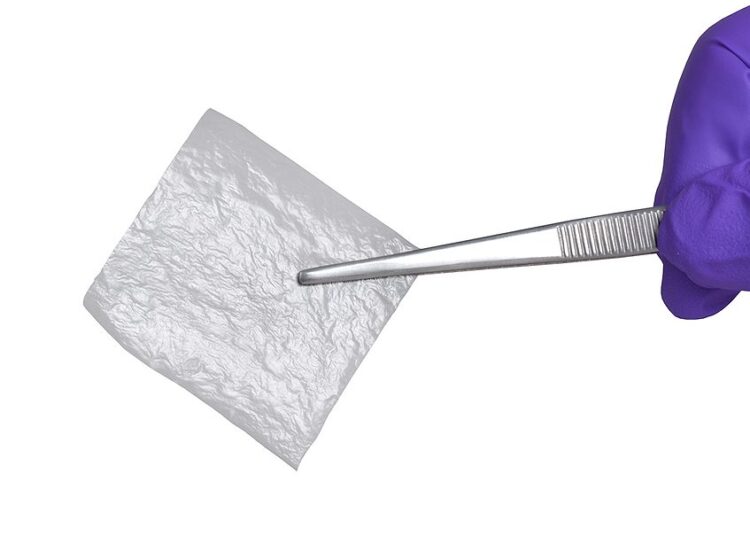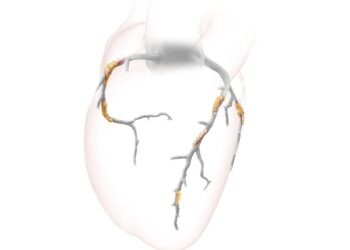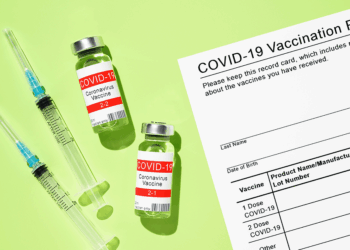# Beyond the Biomaterial: How AI is the Unseen Partner in Breakthroughs like Convamatrix
The recent news that Convatec Group has secured CE and UKCA marks for Convamatrix is a significant milestone in advanced wound care. On the surface, this is a story about material science and clinical innovation: a porcine placenta-based dressing designed to provide an optimal healing environment for complex, hard-to-heal wounds. For patients suffering from chronic wounds like diabetic foot ulcers or venous leg ulcers, this is a tangible piece of progress.
However, from a technologist’s perspective, the launch of a product like Convamatrix isn’t just about the biomaterial itself. It’s a powerful indicator of a much broader trend: the convergence of advanced medical devices with the invisible, yet indispensable, architecture of artificial intelligence. While AI isn’t a physical component of the dressing, it is rapidly becoming the critical framework that enables, optimizes, and scales such innovations.
—
### The AI-Augmented Lifecycle of an Advanced Medical Device
The journey of a product like Convamatrix from concept to clinic is increasingly powered by AI at every stage. Let’s break down this unseen partnership.
#### 1. Accelerated R&D and Material Discovery
The development of a novel skin substitute is no longer solely a matter of painstaking lab work and trial-and-error. Today, computational models and machine learning play a pivotal role. AI algorithms can:
* **Model Biomaterial Properties:** Simulate how the extracellular matrix of porcine placenta will interact with human tissue at a molecular level. This allows researchers to predict its efficacy, biocompatibility, and structural integrity long before physical prototypes are created.
* **Analyze Pre-clinical Data:** Sift through vast datasets from previous studies to identify the most promising biological markers for tissue regeneration. This data-driven approach helps focus research efforts, dramatically reducing development time and cost.
* **Optimize Formulation:** Use predictive analytics to determine the optimal processing methods to preserve the material’s crucial growth factors and collagen structure, ensuring the final product provides the intended therapeutic benefit.
Essentially, AI acts as a digital twin for the R&D process, allowing for faster iteration and a higher probability of success.
#### 2. Precision Diagnostics and Personalized Treatment
This is where AI’s impact becomes truly transformative for clinicians and patients. The most significant challenge in wound care is not just having effective treatments, but knowing precisely *which* patient will benefit most from *which* treatment at *which* time.
Convamatrix is designed for “hard-to-heal” wounds, but that category is incredibly diverse. This is where AI steps in:
* **Predictive Wound Assessment:** AI-powered imaging platforms can analyze a photograph of a wound, extracting dozens of features invisible to the human eye—such as subtle color gradients indicating perfusion, bacterial load signatures, and the texture of granulation tissue.
* **Treatment Recommendation Engines:** By cross-referencing this image data with a patient’s electronic health record (EHR)—including comorbidities like diabetes, vascular issues, and nutritional status—a machine learning model can predict the healing trajectory. It could recommend Convamatrix for a patient whose wound characteristics and clinical profile match a high-success cohort, while suggesting an alternative for another.
This moves us from a one-size-fits-all approach to true precision medicine, ensuring that a high-cost, advanced therapy is used where it can deliver the most value.
#### 3. Smart Manufacturing and Post-Market Surveillance
The role of AI doesn’t end once the product is approved. In manufacturing, computer vision systems monitor production lines in real-time, ensuring every single dressing meets exacting quality standards for thickness, porosity, and biological composition.
Even more compelling is the potential for AI in post-market surveillance. As Convamatrix is used in the real world, data on patient outcomes can be collected (anonymously and with consent) and fed back into the system. This creates a continuous learning loop, allowing the AI models to refine their recommendations, identify new potential use cases, or even flag rare adverse events far faster than traditional reporting methods.
—
### Conclusion: The Future is a Closed-Loop System
The approval of Convamatrix is a victory for material science and a significant step forward for patient care. But its ultimate success, and the success of all future advanced medical technologies, will be defined by the intelligent systems that surround it.
We are moving toward a future of closed-loop, AI-driven healthcare. Imagine a system where a community nurse takes a smartphone picture of a wound; an AI instantly analyzes it, recommends Convamatrix based on a 95% probability of success, and adds it to the patient’s care plan. The system then monitors healing progress through subsequent images, alerting the clinical team if the trajectory deviates from the expected path.
Convamatrix is the sophisticated tool. AI is the expert intelligence that ensures the tool is used with maximum precision, for maximum impact. The biomaterial may be the headline, but the underlying data-driven intelligence is the revolution.
This post is based on the original article at https://www.bioworld.com/articles/724212-convatec-convamatrix-secures-ce-mark-ukca-approvals.






















